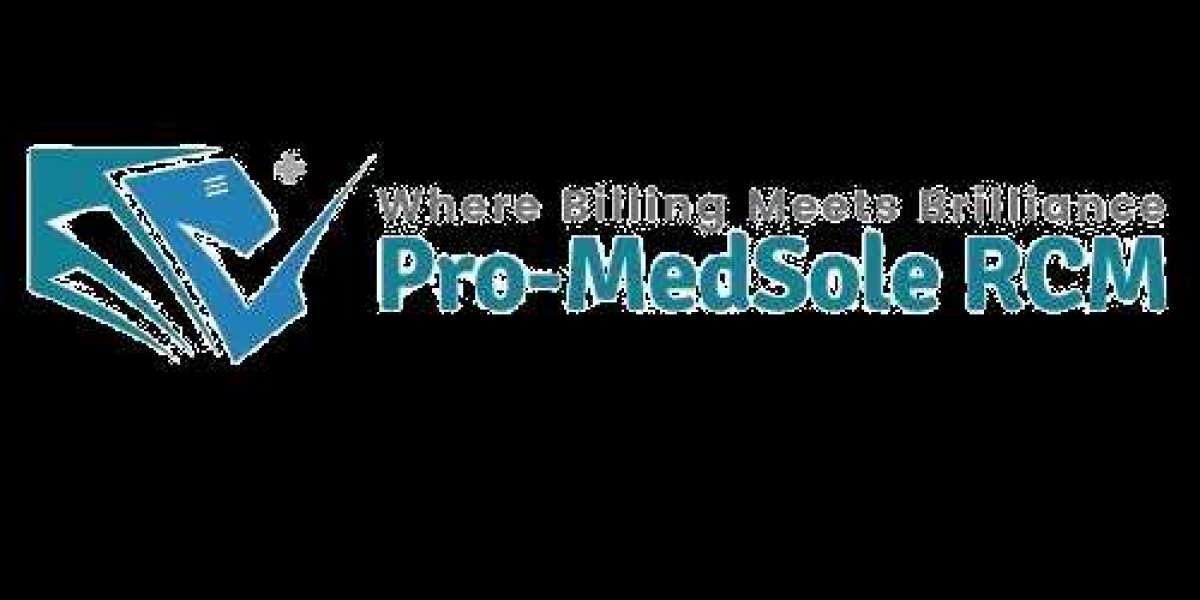Introduction
In healthcare, the revenue cycle is the backbone of financial stability. But without tracking the right Revenue Cycle KPIs (Key Performance Indicators), practices risk delayed payments, high denial rates, and revenue leakage.
In this guide, we’ll cover the most critical KPIs every practice should monitor, why they matter, and how to use them to boost cash flow and operational efficiency.
What Are Revenue Cycle KPIs?
Revenue Cycle KPIs are measurable metrics that track the efficiency, accuracy, and profitability of your billing and collections process.
These indicators help identify bottlenecks, payment delays, and operational issues before they affect the bottom line.
Why Tracking KPIs is Crucial in 2025
Payer complexity is increasing, making real-time monitoring essential
Rising claim denial rates require proactive revenue cycle oversight
Competition pushes practices to operate at peak efficiency
Value-based care models demand better financial analytics
10 Essential Revenue Cycle KPIs to Monitor
1. Clean Claim Rate (CCR)
Definition: Percentage of claims submitted without errors.
Goal: Above 95% for optimal cash flow.
2. First Pass Resolution Rate (FPRR)
Definition: Claims paid on first submission without edits or resubmissions.
Goal: 90%+ is excellent.
3. Denial Rate
Definition: Percentage of claims denied by payers.
Goal: Keep below 5%.
4. Days in Accounts Receivable (A/R)
Definition: Average number of days to collect payments after service.
Goal: Under 30 days.
5. Net Collection Rate (NCR)
Definition: Payments collected vs. total collectible amount.
Goal: Above 96%.
6. Bad Debt Rate
Definition: Percentage of receivables written off as uncollectible.
7. Charge Capture Accuracy
Definition: Percentage of services billed accurately without omissions.
8. Patient Payment Collection Rate
Definition: Percentage of patient responsibility collected at or before service.
9. Authorization Turnaround Time
Definition: Average time to obtain payer pre-approvals.
10. Claim Rework Rate
Definition: Percentage of claims requiring correction before resubmission.
How to Improve Your Revenue Cycle KPIs
Implement Real-Time Eligibility Verification – Reduce denials upfront.
Invest in Accurate Coding – Prevent errors that slow down payments.
Automate Claims Tracking – Get alerts for payer rejections immediately.
Focus on Front-End Training – Train staff on accurate patient intake and insurance capture.
Outsource to Experienced RCM Partners – Gain access to proven workflows and advanced analytics.
Benefits of Tracking Revenue Cycle KPIs
Faster Reimbursements – Identify and fix payment delays quickly
Higher Collections – Maximize revenue without increasing patient volume
Better Financial Planning – Use KPI trends to forecast cash flow
Improved Compliance – Stay aligned with payer and federal regulations
Why Partner with Pro-Medsole RCM
At Pro-Medsole RCM, we help healthcare practices:
Monitor real-time KPI dashboards
Achieve 98% clean claim rate
Reduce denials by 40% within months
Improve cash flow and collections
Result: Practices see measurable improvements in just 90 days of partnering with us.
Final Thoughts
Tracking the right Revenue Cycle KPIs isn’t optional — it’s the difference between thriving and struggling in today’s healthcare market.
By focusing on these 10 critical KPIs, your practice can boost profitability, streamline operations, and reduce financial stress.
Call to Action (CTA)
? Want to track and improve your Revenue Cycle KPIs? Contact Pro Medsole RCM today for a free RCM performance audit.



